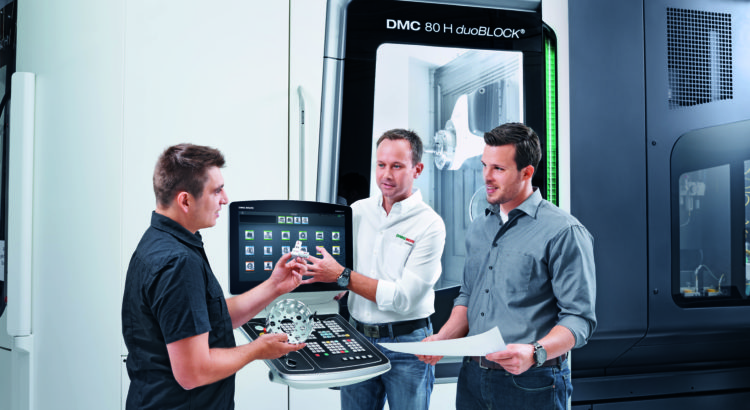Both engineers and machinists play a contributory role in the production process. However, they have interpersonal conflicts, such as machinists never follow engineer’s instructions and engineers never interpret their drawings properly. In order to have a close working relationship between engineer and machinists, all engineers should endeavor to gain some first-hand experience in machining.
Engineers take on Machinists

Engineers and machinists are likely to have different backgrounds, interests, and standpoints on the manufacturing process. These variances can lead to misapprehensions and miscommunication. Learning the ins and outs of machining can give an engineer a complete insight of machine’s capability.
Machinists take on Engineers

A common complaint from machinists is that engineers do not respect machinist’s expertise and do not clearly explain their requirement. According to machinists, issues of incomplete drawings and improper instructions can be avoided by bridging the gap of communication between machinists and engineers.
Learning Machining is important for an Engineer
In the current world, improving machining know-how is very important. An engineer having an understanding of machining can transfer engineering concepts into physical realizations and sometimes open their eyes to new opportunities and challenges.
The Future is Collaborative
The manufacturing process requires an ever-growing library of skills and knowledge. Above all, communication between machinists and engineers and faith in the experience and expertise of a team is important to make their work even better.
All in all, the manufacturing process can only be improved if machinists and engineers understand each other’s issues. Their collaborative efforts can accomplish great things in manufacturing.
